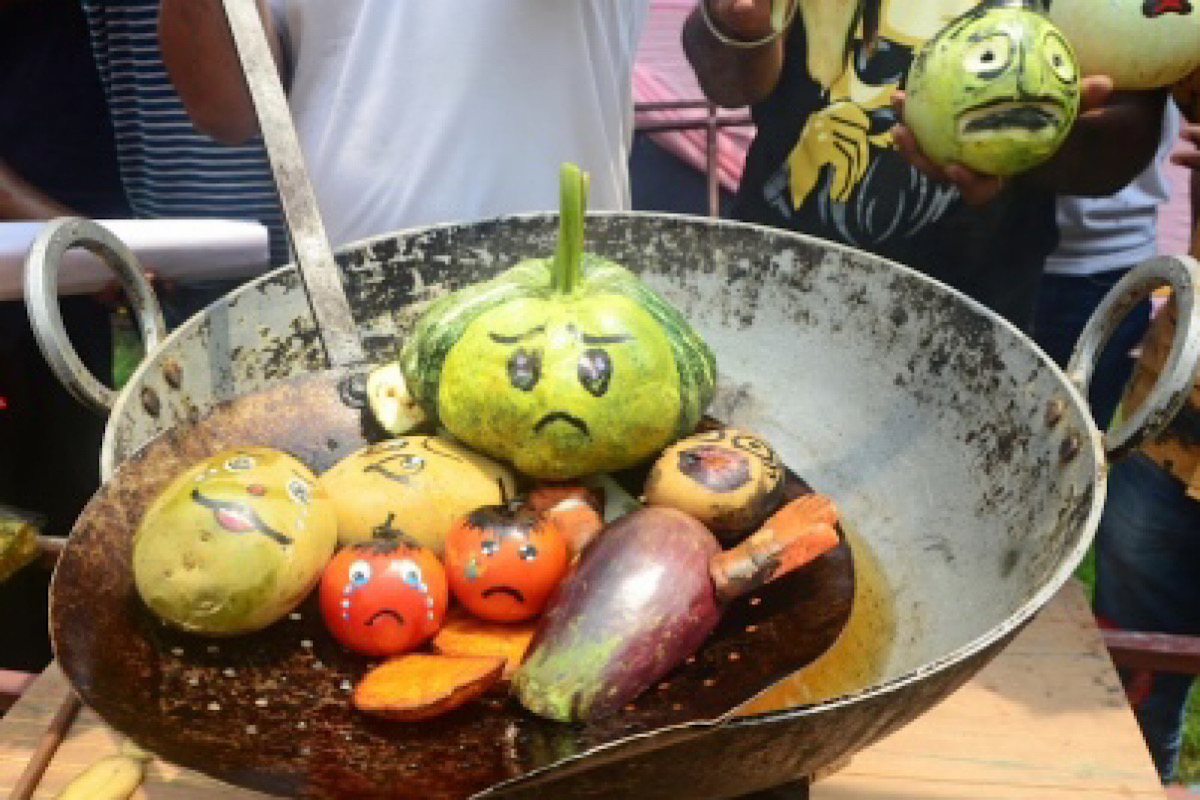Cooling Inflation
India’s retail inflation easing to a five-month low of 4.31 per cent in January presents a significant moment for economic policy.
The inflation in the food basket was 11.51 percent in July compared to 4.55 percent in June and 6.69 percent in July 2022.

(Photo: IANS)
A shocker came for the country when the government released data saying the Consumer Price Index (CPI) inflation or the retail inflation skyrocketed at 7.44% riding on high vegetable prices, precisely the tomato.
The surge in inflation was on a 15-month high, and way above the RBI’s flexible tolerance band of 2-6%.
Advertisement
The spurt in CPI inflation in July 2023 was on expected lines, however, 7.44% retail inflation was totally unexpected.
Advertisement
At the August MPC, RBI decided to maintain the pause over the repo rate and maintain the withdrawal of accommodation stance. The move was taken to ensure that inflation progressively aligns with the target while supporting growth.
The central bank believed the vegetable price shock may reverse quickly, possible El Niño weather conditions along with global food prices need to be watched closely against the backdrop of a skewed southwest monsoon so far. These developments warrant a heightened vigil on the evolving inflation trajectory.
The inflation in the food basket was 11.51 percent in July compared to 4.55 percent in June and 6.69 percent in July 2022.
Soaring vegetable prices riding on tomatoes
The retail inflation in vegetables year-on-year was 37.43 percent while the rate of price rise in ‘cereals and products’ was 13 percent.
Earlier in July itself, the Reserve Bank of India flagged the spike in tomato prices as a major concern while calling for improving supply to control inflation volatility.
“Spillovers from tomato price spikes to prices of other commodities and unhinging inflation expectations remain a major concern. Increasing amplitudes of price spells over the years calls for improving the supply chains to contain overall inflation volatility,” the central bank said in the State of Economy article.
Tomato prices exhibited considerable seasonal variation due to its highly perishable nature and short crop duration.
RBI believed these episodes of high prices are typically short-lived, as indicated by a historical average duration of 2.6 fortnights, while prices remain below Rs 20 for an average duration of 10 fortnights.
It is worth mentioning that the surge in tomato prices caused by crop damage from adverse weather conditions and pest attacks in major production areas garnered widespread attention, globally as well as domestically, putting a strain on households’ budgets.
The cereal story
The spurt in vegetable prices is seasonal, the worrying trend is the structural nature of cereals inflation.
As per the inflation data released by the government, Cereal inflation in July increased to 13.04% from 12.7% in June.
The Narendra Modi government has already taken steps to put a curb on the price rise as it banned the export of non-basmati white rice last month adding to restrictions on exports of wheat.
Recent reports suggest the government is also considering abolishing import duties of 40% on wheat.
These steps are very likely to put a curb on this commodity’s price rise, else the Modi’s government may have to import wheat in the coming months to cool prices, ahead of key state elections and national polls in 2024.
Advertisement